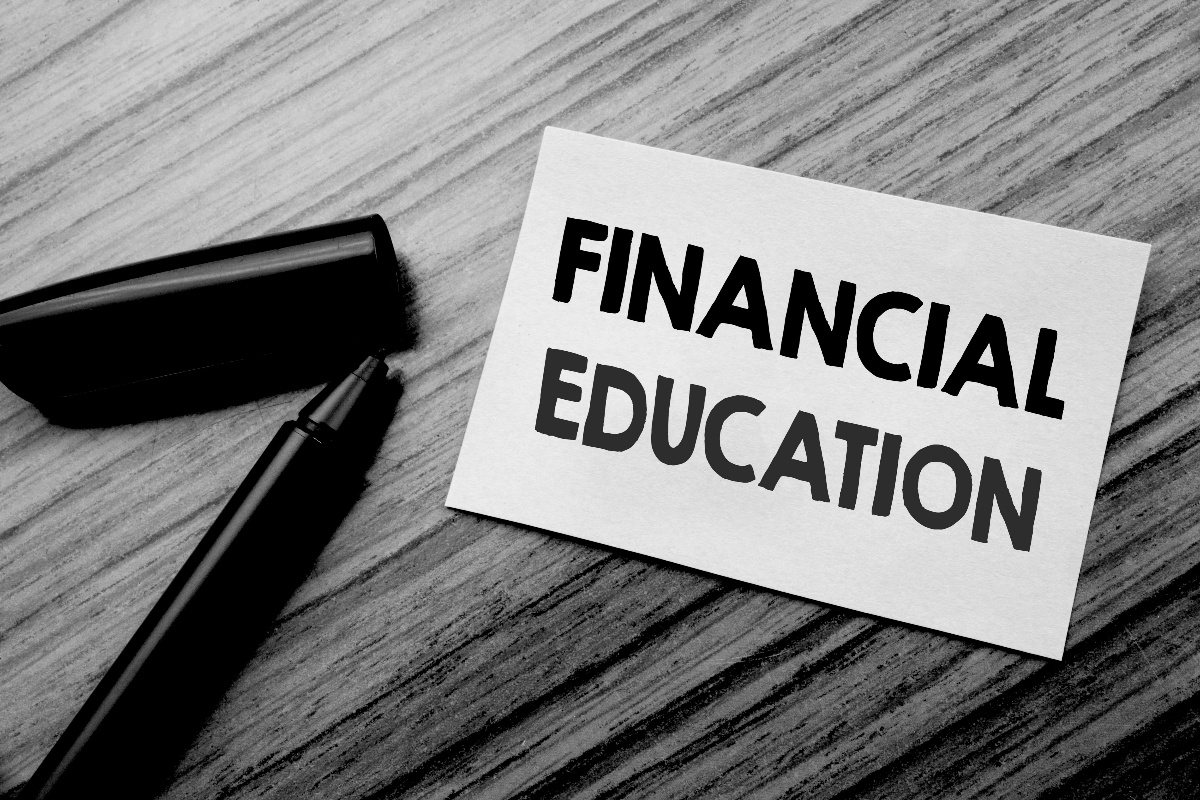-

Retail Banking Trends – Financial Education as a Marketing Tool
Posted By Matt McCall
Throughout the past few years, financial institutions (FIs) have adjusted their marketing practices in order to keep pace with digital innovation. Competition is now prevalent not only with the bank down the street, but with any viable FI with an online presence. Many times, the extent and usability of an FI’s online presence or mobile platform will lead customers or members to, or away from an institution. For this reason, marketing departments across the country are modifying their practices, and working hand-in-hand with web developers, fintechs, etc., in order to establish a substantial online presence.
As marketing departments set out to improve online and mobile resources in order to be the preferred FI; the new tools being introduced to the consumer are most often free of charge. In the Information Age, where information is free and readily available, FIs should, and are using this tactic to drive potential customers in their direction. What is interesting about this concept is that the benefit can be two-fold, and provide advantages to the FI and consumer.
Bank of America (BOA) was one of the first prominent FIs to realize the potential benefits of providing free, online resources. Since April 2013, BOA has partnered with Khan Academy to establish ‘www.bettermoneyhabits.com,’ which is an online partnership to make free financial education available to all, not just BOA customers. Both Khan Academy and BOA seek to “addresses a startling financial knowledge deficit in our nation,” by providing unbiased financial education without advertising. This professional financial guidance shows obvious benefits to the consumer, but how does investing in a free financial education program benefit BOA?
1. Search Engine Optimization (SEO)
SEO is the digital “art” of being listed in a prevalent position within a Google/Bing search, even when someone may not specifically be searching for your service or brand. Search engines love valuable content and will reward a company for it in the search rankings. By creatively combining keywords, content and prevalent topics, a business can help themselves rank higher in search results. The more often you use a keyword and address the topic of the keyword, the more relevant your entire website becomes. The ‘bettermoneyhabits’ website is arranged as a “feed,” which allows for frequent and creative publishing. The more pages that include relevant keywords and topics, the better ranking the site receives amongst similar content.
2. Brand Awareness
The free information provided by BOA is a cost-effective way to drive traffic to a FI’s website, thus bringing in more sales leads for BOA. BOA and Khan Academy worked together to create a site that is a domain expert on financial education, which ultimately helps keep BOA top of mind when consumers are looking for financial services.
As mentioned above, someone may land upon ‘bettermoneyhabits’ by way of a random financial literacy question. For example, Google searching “how to be better with money” returns ‘bettermomneyhabits’ as one of the top five results. Once clicked, the landing page shows the BOA logo, and the BOA website is hyperlinked throughout the top and bottom of the website. Besides the logo and link presence, ‘bettermoneyhabits’ establishes BOA as an authority on a multitude of financial subjects. As a consumer, if my question isn’t answered online, I may pick up the phone and call BOA, who has now established itself as an expert in the industry. Lastly, the website humanizes an otherwise big name brand. It shows BOA wants everyone to be successful with their money, whether they are a BOA customer or not. It gives the bank a way to develop trust and authority by touching on prominent issues and concerns of interest, all the while facilitating a possible future relationship with the bank.
3. Customer Behavior/Type
Every FI wants its customers and members to be successful in reaching their financial goals. By providing ample online educational resources on financial literacy, BOA provides consumers practical information to address their financial situation and achieve their goals. The potential customers that BOA receives from ‘bettermoneyhabits’ are people who are seeking to improve their financial situation by looking for the answers to their problems, which also helps the bank.
Attracting the right type of customers is invaluable to FIs and their growth. According to the National Foundation for Credit Counseling (NFCC) 2013 Financial Literacy Survey, an overwhelming majority (78 percent) agreed that they would benefit from advice and answers to everyday financial questions from a professional, which BOA has provided.
Knowledge is power, especially when shared. I am enthused by the lack of paid advertising on websites such as ‘bettermoneyhabits,’ as well as how much valuable and free information is out there. The digital age provides banks and credit unions the platform to help others, and the side effect is building trust and authority with their brand.
Financial institutions interested in improving their financial literacy programs and sharing educational resources should consider partnering with third party vendors in the banking industry to help share valuable information and reach more potential customers or members.
Matt McCall
Consultant
Hometown: Valdosta, Georgia
Alma Mater: Georgia Southern University
I enjoy the outdoors alongside my dog Huxley, playing sports, and spending time with friends and family. Music junkie at heart. Coaching, woodworking, and swing-trading are some other interest I enjoy pursuing.
